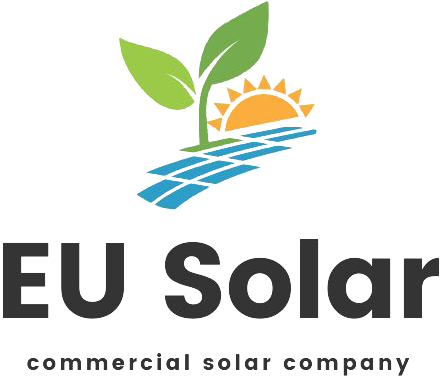Rising temperatures, unpredictable rainfall, and a growing global population are pushing farmers to rethink how they work the land. Here comes Smart Farming 2.0. This is a way of combining clean energy, like solar power, with the sharp eye of agricultural satellite imagery. And it goes without saying that it differs much from what farmers did a generation ago. Farmers today can get satellite images for agriculture use to learn when to irrigate, how much fertilizer to use, and when to harvest. The result is not just healthier crops and higher yields, but a farming system that wastes less, protects resources, and adapts better to tough conditions.
Harnessing Solar Power for Farm Efficiency
Growing food is not just a physically exhausting activity, but financially as well, making electricity one of the biggest ongoing expenses. This can be easily explained by running irrigation pumps that require electricity, heating greenhouses, or powering cold storage that also needs electric power.
Switching to solar energy is helping to ease that burden. According to Global Market Outlook for Solar Power, in 2024, solar power reached a new milestone, with global installations climbing to almost 600 GW, about 33% more than the year before, and the highest level ever recorded. By installing panels on barn rooftops, field edges, or even floating systems on reservoirs, farms can generate their own electricity, cut utility bills, and shrink their carbon footprint at the same time.
What makes this shift even more powerful is the combination of solar energy with modern digital tools such as satellite imagery for agriculture, which together provide a fuller picture of how resources are used and where energy savings matter most.
The benefits of solar panels on farms go beyond lowering costs:
- Long-term savings – when installed, solar systems quickly pay for themselves by slashing monthly bills.
- Energy independence – farmers in remote areas can keep equipment running without relying on unstable grid connections.
- Sustainability – adopting solar highlights a farm’s commitment to cleaner food production.
With growing global demand for food and energy efficiency, solar adoption in farming is accelerating. For instance, farms using on-site renewable energy grew by over 132% between 2012 and 2017. And the American government is massively stimulating local farmers to this transition. According to the U.S. Department of Agriculture, authorities of rural development offer programs that provide guaranteed loan financing and grant funding to agricultural producers and rural small businesses for renewable energy systems or to make energy efficiency improvements.
Satellite Intelligence: Farming with Precision
If solar panels give farms the power to run, satellites give them the knowledge to grow smarter. By relying on satellite imagery agriculture tools, farmers can see far more than the human eye allows. From space, sensors capture how plants reflect different wavelengths of light, revealing early signs of stress that might not show up in the field until weeks later. This means a farmer can spot water shortages, nutrient deficiencies, or pest damage long before it hurts the harvest.
One of the most widely used tools is the Normalized Difference Vegetation Index (NDVI). It measures plant “greenness” by comparing visible and near-infrared light. Healthy crops reflect a lot of near-infrared light, while stressed or diseased plants reflect less. NDVI values range from -1 to 1, with strong vegetation health usually scoring between 0.6 and 0.9. These readings are turned into color-coded maps, helping farmers:
- Decide where to irrigate and when to conserve water.
- Adjust fertilizer use based on soil and crop needs.
- Identify fields with the highest yield potential.
The Power of Integration
All the up-to-date technologies integrated make a real breakthrough. A farm with solar-powered pumps that only activate when satellites show low soil moisture levels is a real deal. Or cold storage facilities that run on solar arrays, automatically adjusting cooling intensity based on upcoming weather patterns detected from orbit. This type of integration reduces costs, lowers carbon emissions, and makes farms more resilient to droughts, floods, and heatwaves.
The benefits of blending solar power with smart farming tools are tangible:
- Lower reliance on fossil fuels – clean energy replaces diesel pumps and grid electricity.
- Smarter resource use – irrigation, fertilizer, and energy consumption respond to real-time data.
- Climate resilience – farms are better prepared for shifting weather extremes.
Energy monitoring systems strengthen this setup by showing farmers exactly when and where energy is being used. With this insight, operations can be shifted to off-peak hours or synced with solar generation, improving efficiency. Artificial intelligence adds another layer, analyzing years of crop and climate data to predict the best farming decisions. Together, solar power and satellite technologies give agriculture a blueprint for higher yields and sustainable growth.
Building the Future of Agriculture
Smart Farming 2.0 is no longer just an idea. It is becoming the foundation of tomorrow’s food systems. Solar energy combined with satellite imaging offers farmers the ability to grow more with fewer inputs, protect natural resources, and adapt to a changing climate. This approach not only strengthens local food production but also supports global food security at a time when demand is rising sharply. For governments, agribusinesses, and rural communities alike, the message is clear: the future of farming depends on clean energy, space-based intelligence, and a commitment to resilience.

